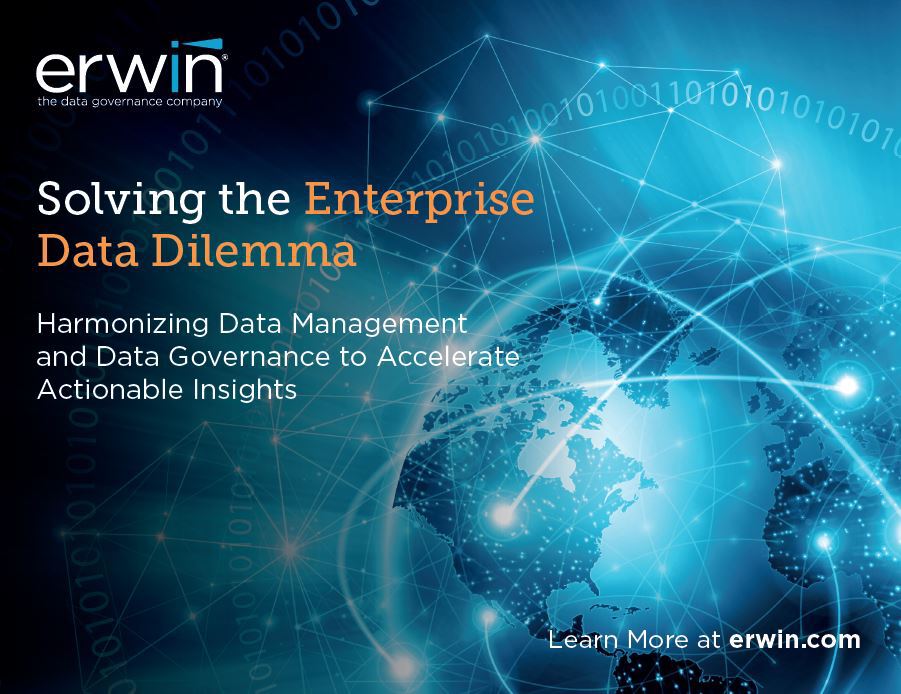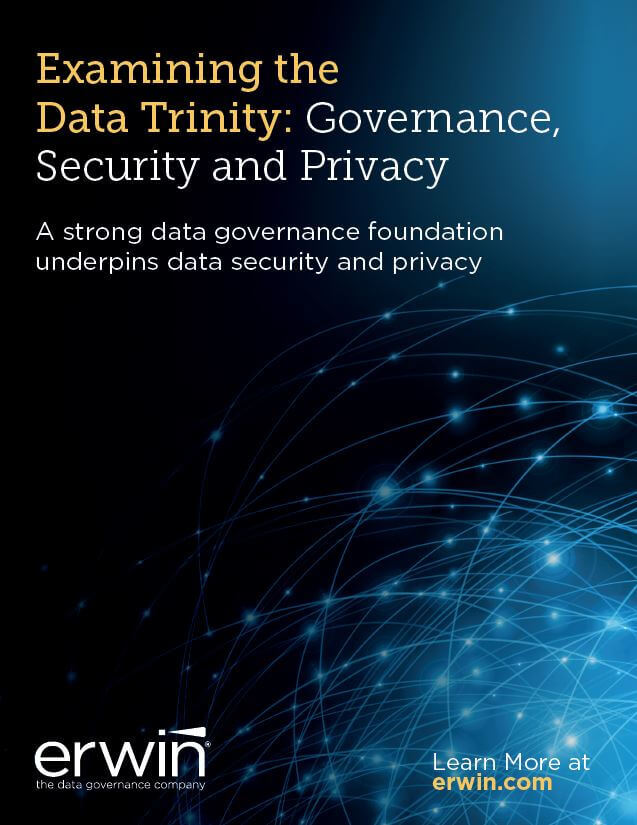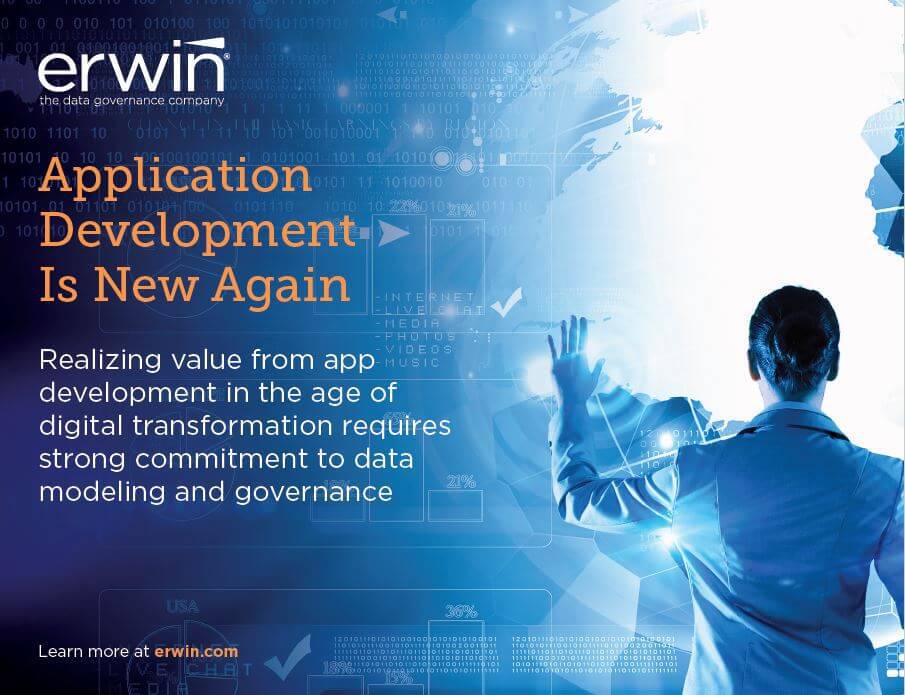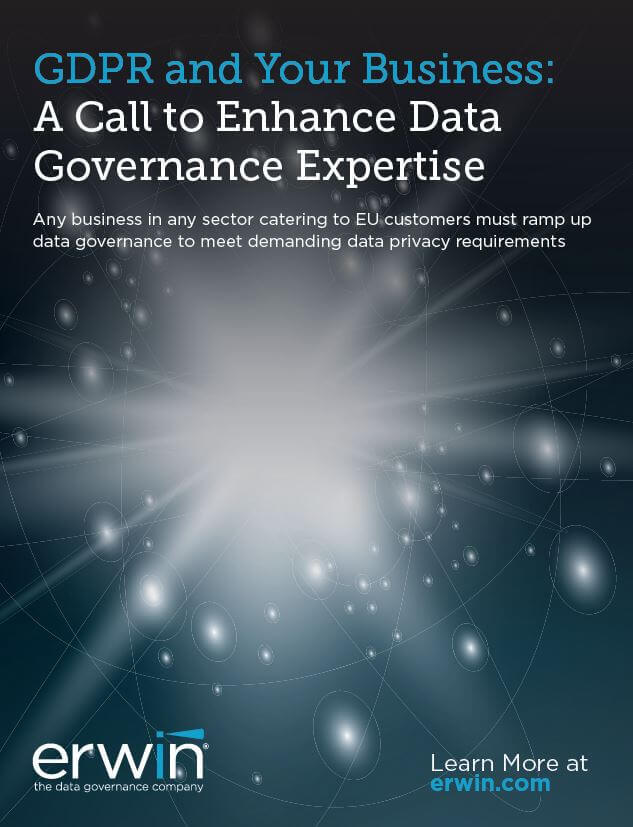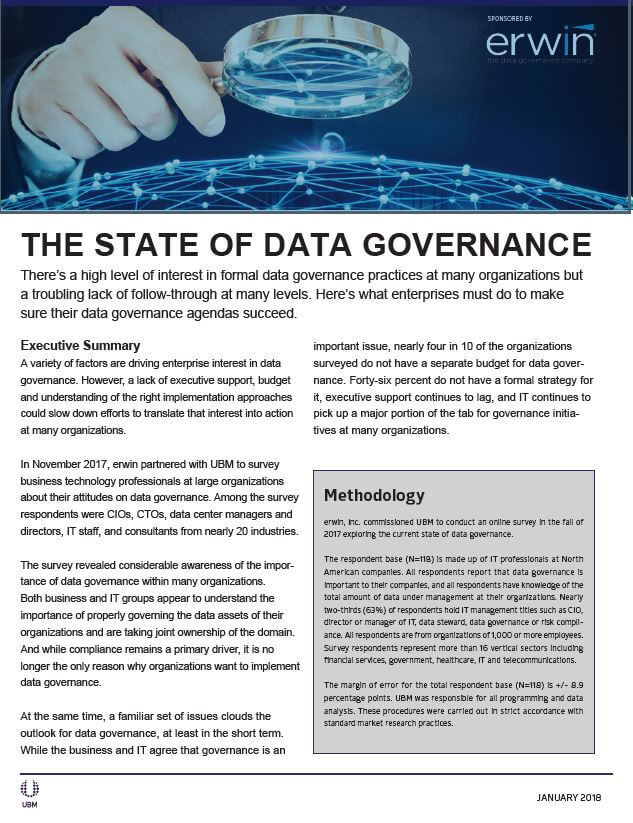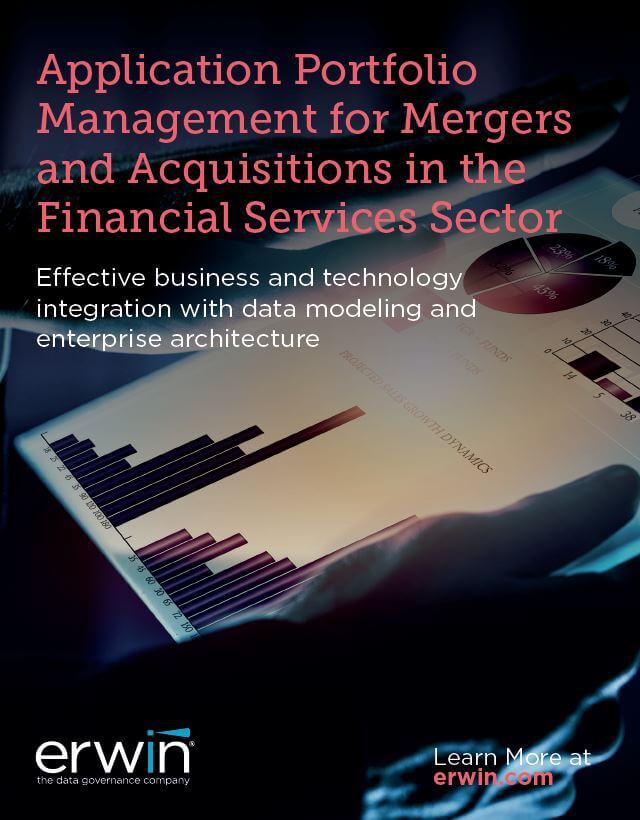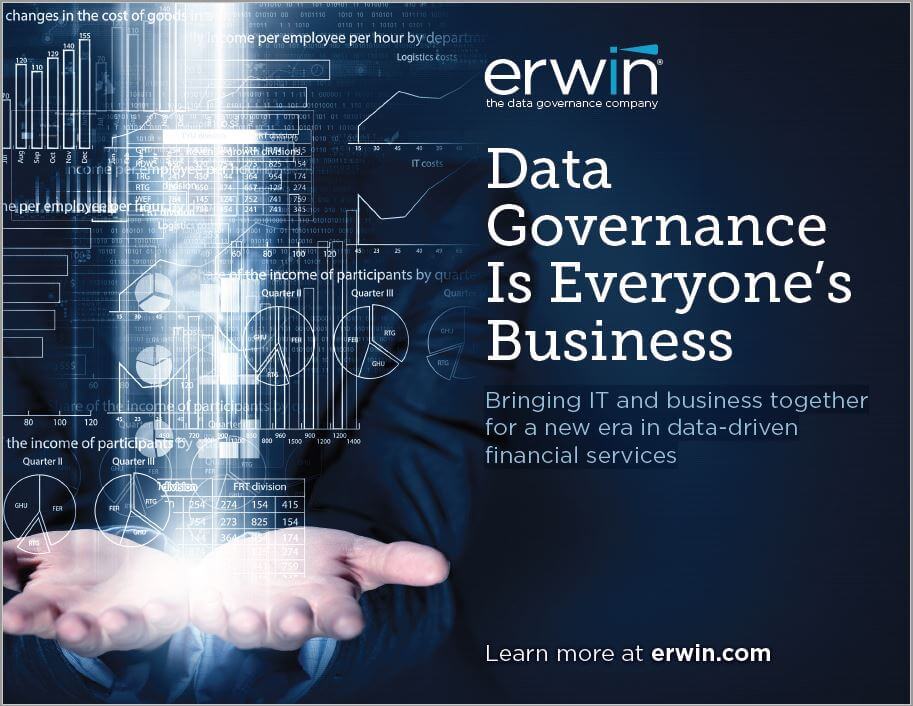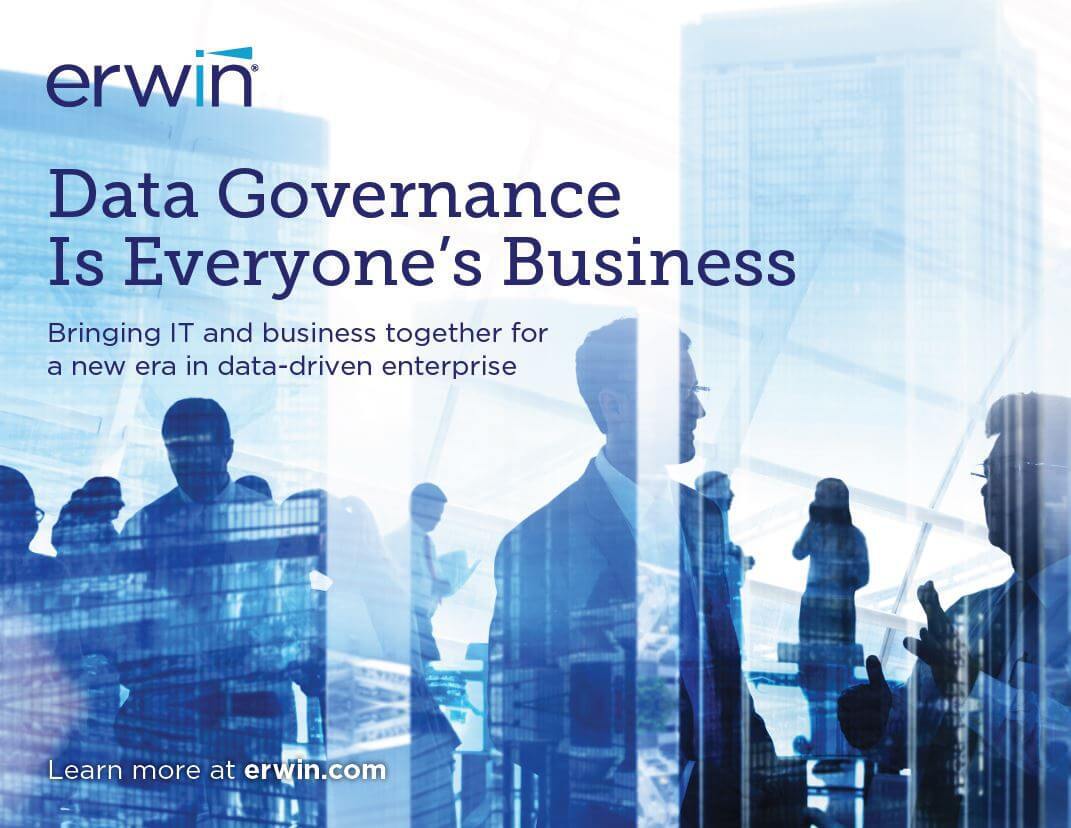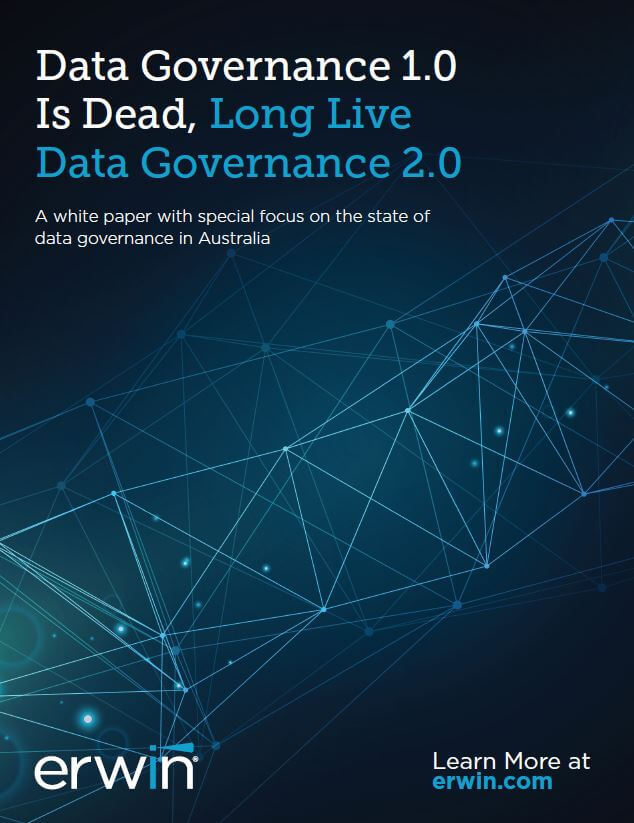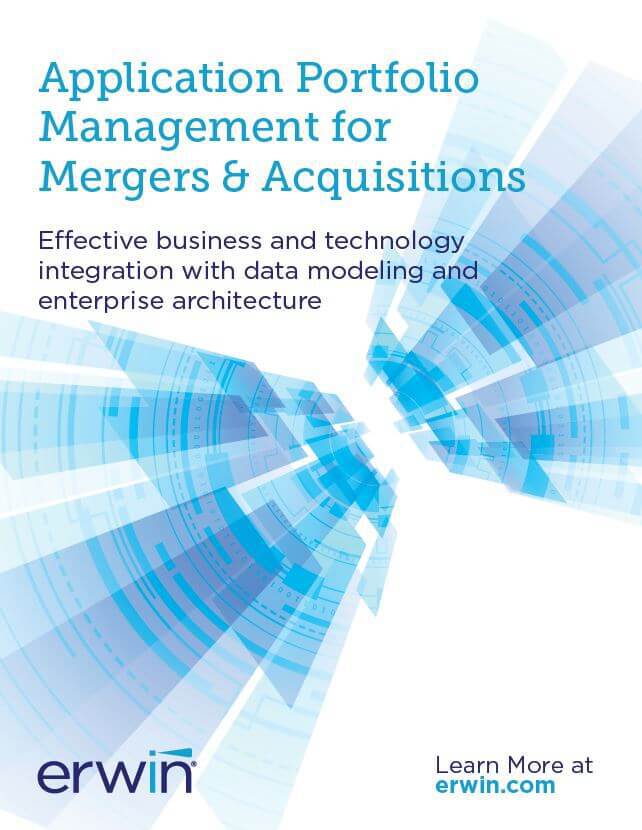Harmonizing Data Management and Data Governance to Accelerate Actionable Insights
Is your organization using its data to reach deeper conclusions about how to:
- Achieve regulatory compliance?
- Drive revenue?
- Make other strategic decisions?
Probably not, but you’re not alone.
The truth is that most enterprises don’t know exactly what data they have or even where some of it is. They also struggle to integrate known data in its various formats and from numerous systems—especially if they don’t have a way to automate those processes.
Does your business have a plan for solving this data dilemma?
It starts by harmonizing IT-oriented data management with business-led data governance to fuel an automated, high-quality data pipeline. That’s faster time to data preparation, data visibility and data-driven insights to realize results, including compliance, innovation and growth.
